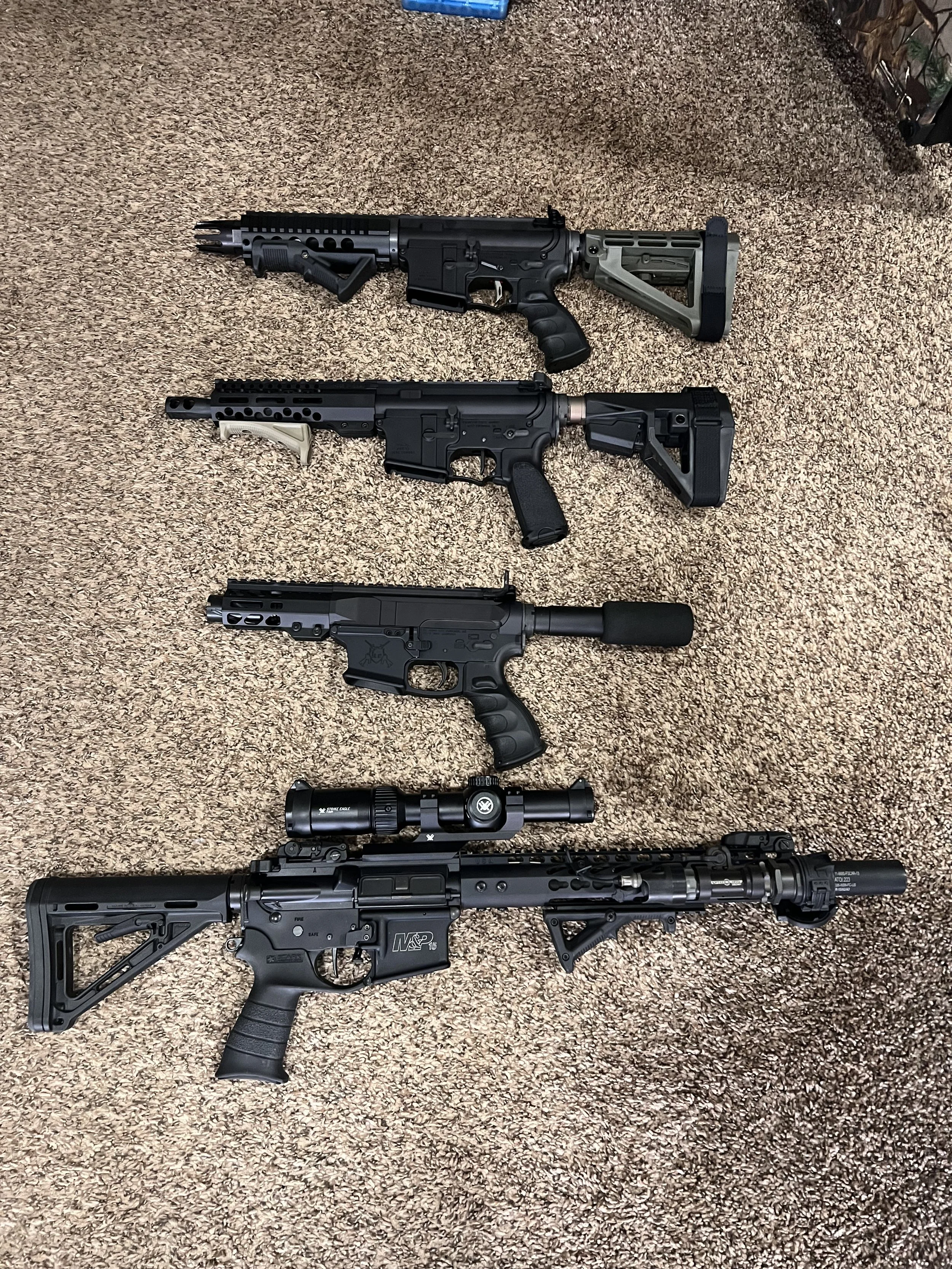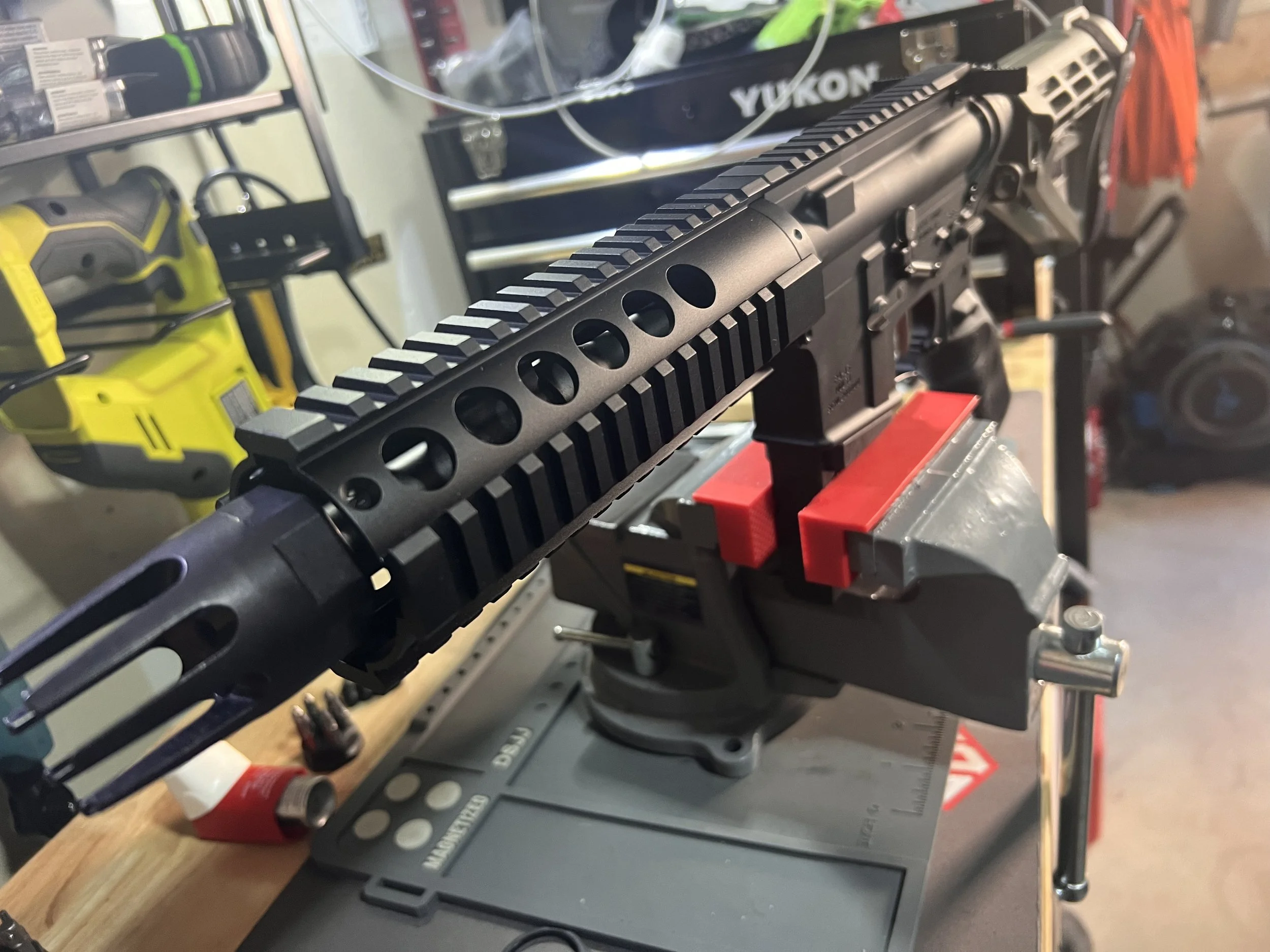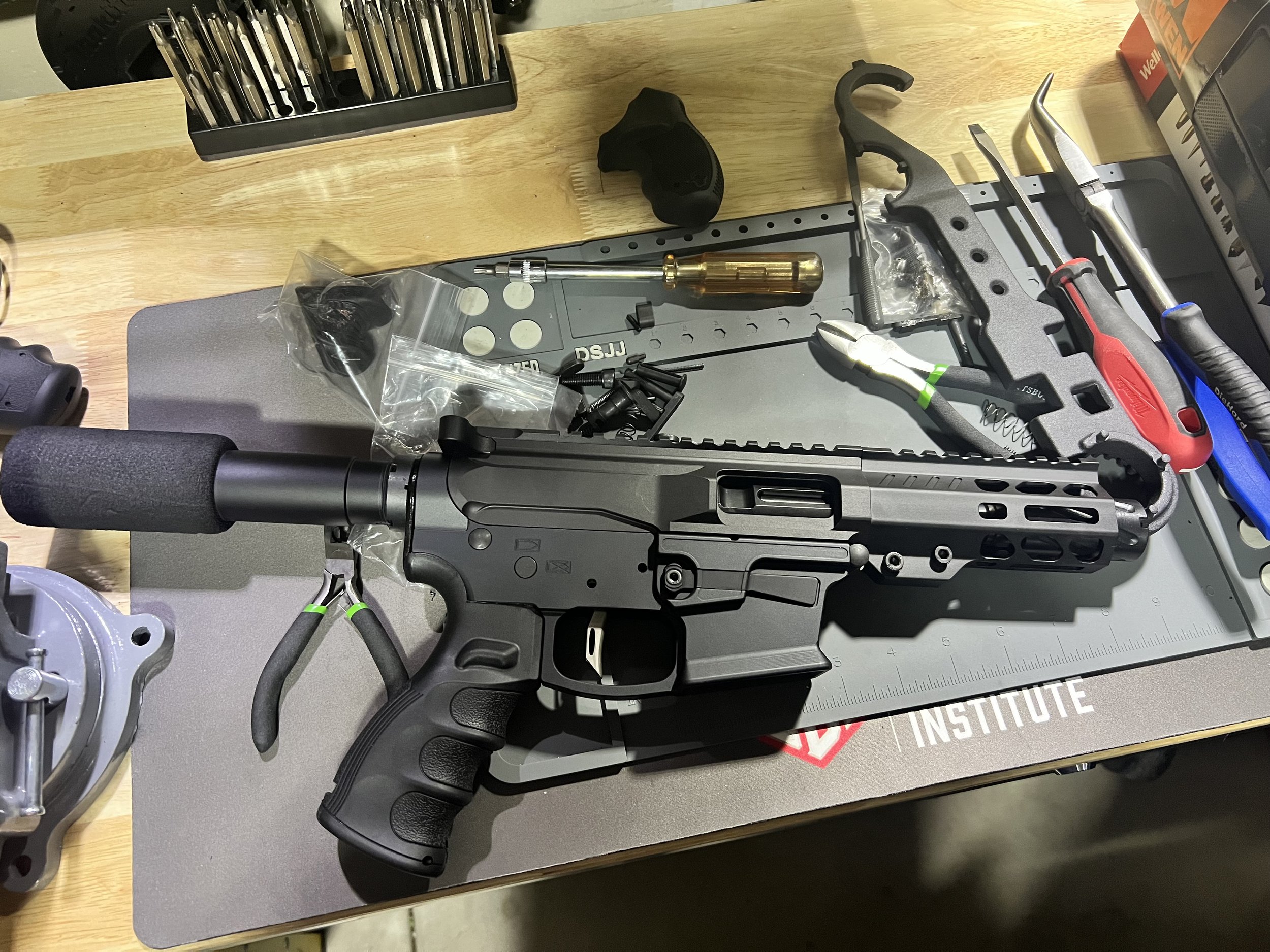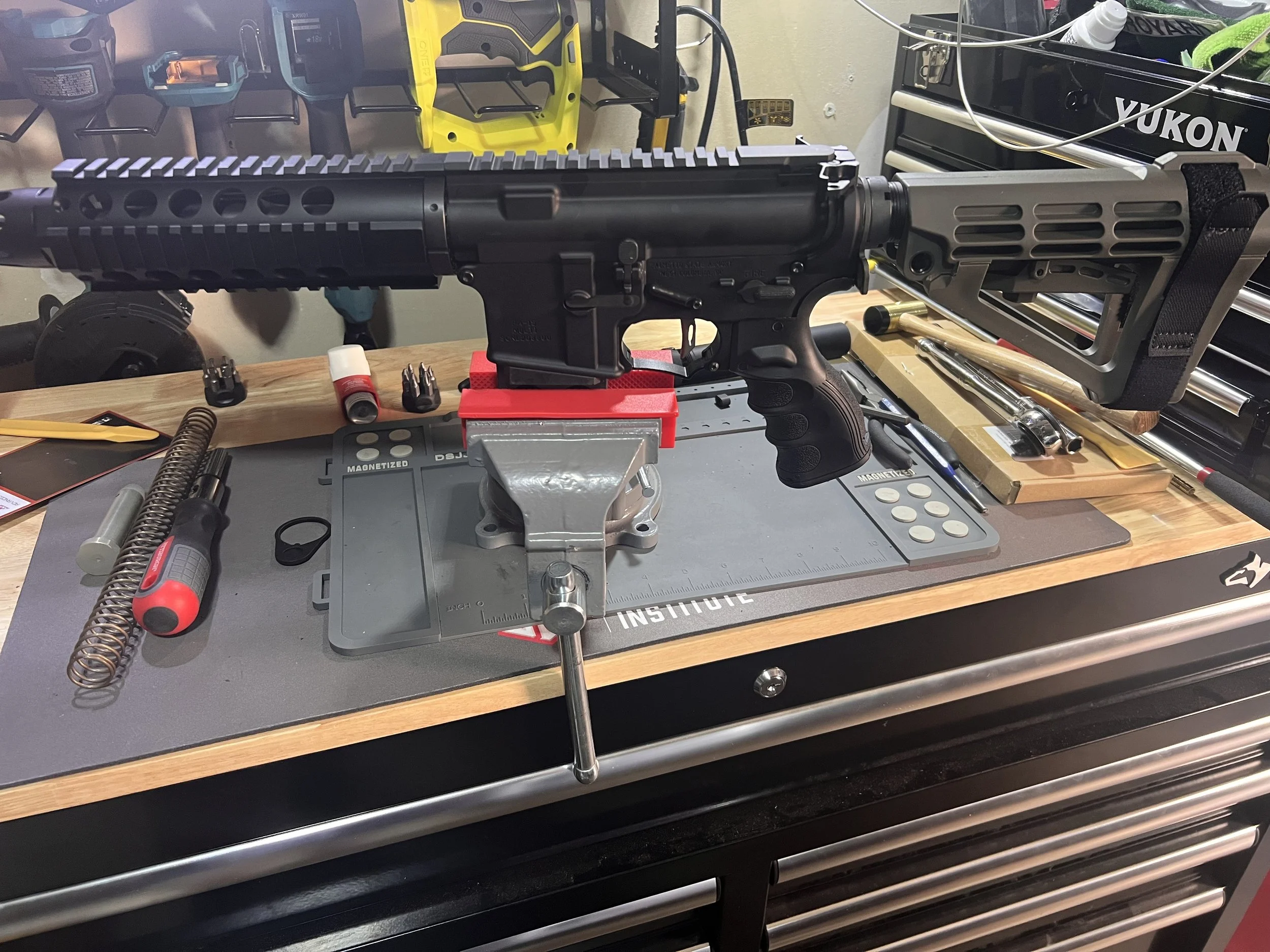Introduction
Custom firearm builds represent a specialized and highly personalized approach to firearm ownership. These builds enable enthusiasts, sports shooters, and professionals to tailor firearms to their specific needs and preferences, balancing functionality, aesthetics, and performance. The process requires careful planning, a thorough understanding of relevant regulations, and a commitment to safety and quality.
The Process of Custom Firearm Builds
Constructing a custom firearm typically involves selecting each component individually, from the receiver and barrel to the trigger group and accessories. This piecemeal approach allows for the integration of high-quality parts that best suit the intended use, whether it be for competitive shooting, hunting, or personal defense. Each step should be undertaken with precision, and, when necessary, the guidance of qualified professionals is advisable.
Legal and Regulatory Considerations
Individuals interested in custom firearm builds must adhere to all applicable federal, state, and local laws governing firearm assembly, ownership, and registration. These regulations often dictate which components may be legally acquired, the serialization of frames or receivers, and the necessity for background checks or permits. It is imperative to consult authoritative legal resources or regulatory agencies prior to commencing any custom build.
Selection of Components
· Receivers: The foundation of the firearm, often subject to the most stringent legal controls.
· Barrels: Selection based on desired caliber, length, and rifling to suit accuracy and range requirements.
· Triggers and Fire Control Groups: Chosen for pull weight, reset, and reliability.
· Stocks and Grips: Customized for ergonomics and comfort.
· Optics and Sights: Tailored to the shooting application, such as scopes for long-range or red dot sights for speed.
· Accessories: Including muzzle devices, rails, bipods, and more, to enhance performance and versatility.
Best Practices
1. Research all components and ensure compatibility prior to purchase.
2. Follow all manufacturer specifications and recommended assembly procedures.
3. Adhere strictly to safety protocols throughout the build process.
4. Document the build for personal records and compliance purposes.
5. Test the completed firearm in a controlled environment to verify functionality and safety.
Conclusion
Engaging in custom firearm builds is a rewarding endeavor that combines technical skill with personal expression. By maintaining a formal and methodical approach, builders can ensure their custom firearms are safe, legal, and precisely tailored to their individual requirements..



